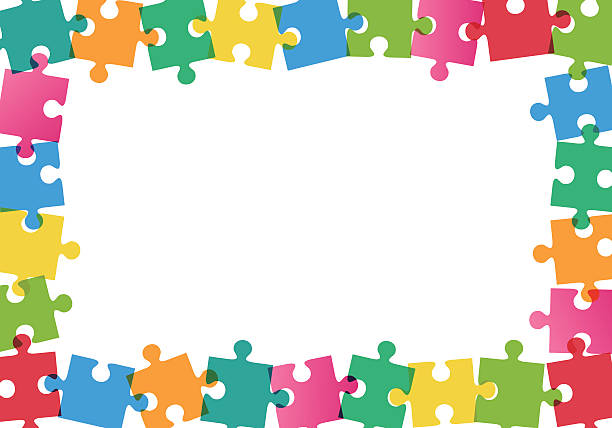You know the benefits of chores for kids, but it can be difficult to find the right place to start. What age is best to begin? What jobs are age-appropriate for toddlers? When can the more complex tasks be added to the list? Below, we’ll dive into the details and provide a simple solution to get your family going on this rewarding path.

What are the Benefits of Chores for Kids?
The American Academy of Child and Adolescent Psychiatry states that the introduction of chores at a young age can help kids perform better in school, work, and future relationships. The concrete skills that they teach include:
- Time management and organizational skills
- Responsibility acceptance
- Independence
- The act of balancing work and play
It’s easy to see how these abilities will follow your kids throughout their lives. The fact that they’re fairly easy to build on at home is just a bonus!

How Can I Tell if a Task is Age-Appropriate?
Before tossing a ton of new tasks on your child’s chore chart, it’s important to ensure everything you’re asking of them is age-appropriate. This is essential for two main reasons:
One way to ensure tasks are age-appropriate for your child or children is by simply considering the two points outlined above. If you want a quick and accurate solution, though, you may want to try a prefilled age-based chore chart.
This version contains tons of examples, including:
Chores for Ages 2-3:Chores for Ages 4-6:
Chores for Ages 7-11:
Chores for Ages 12+:
You can print off the chart shared above or create your own based on the suggestions.

Tips to Keep Chore Time Fun for Everyone
Last but not least, it’s important to keep in mind that chore time doesn’t always go over well with the kids. Use the following tips to keep it fun for you and them alike.
- Stay positive — your attitude is easy to copy!
- Keep it consistent — kids almost always feel better about things they know are coming in advance.
- Create a chart or reward system for added motivation.
- Give good feedback along the way, as well as support when tasks are trickier than you or your kiddos expected.
All in all, chores for kids are an excellent way to support life skills and involve everyone in the care of your home. Try these tips to make the process smoother, and don’t forget to let us know how it goes!


